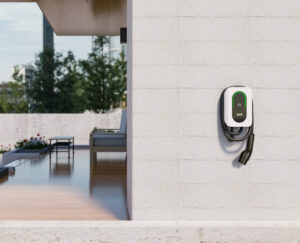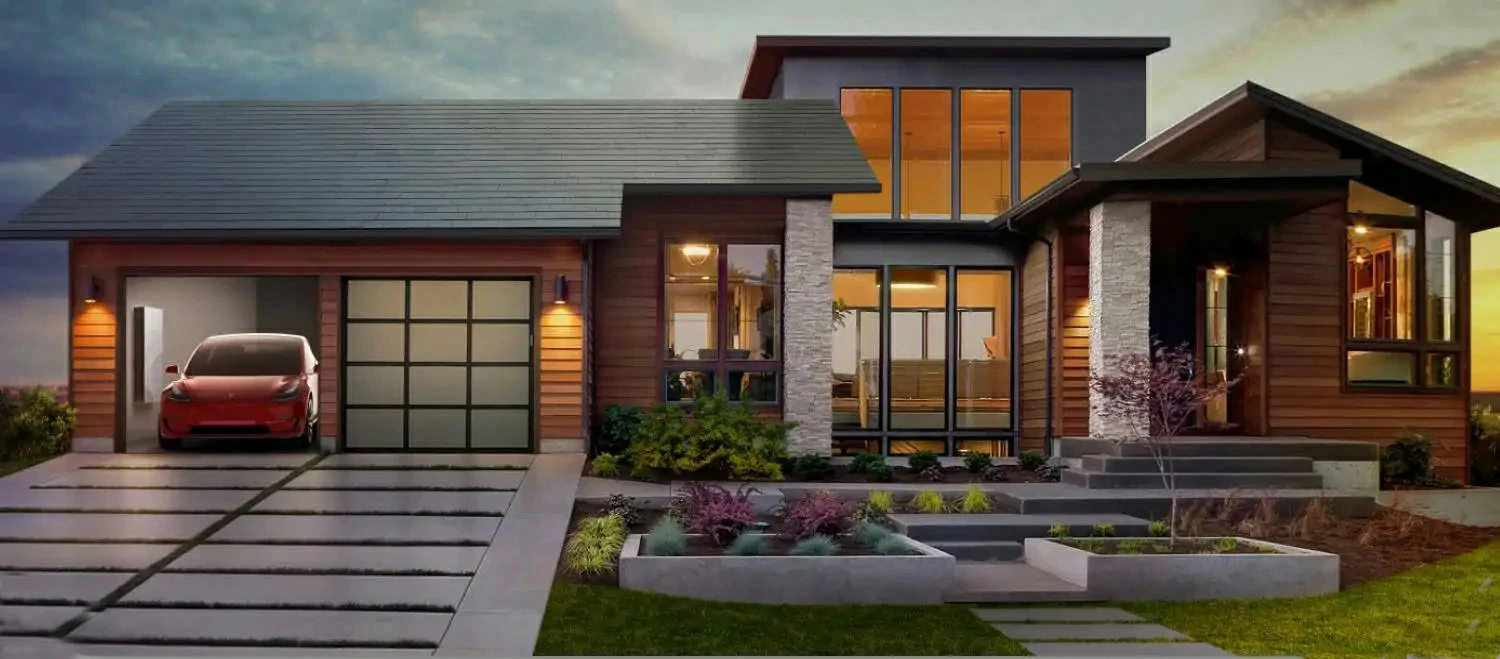
Vehicle-to-Grid (V2G): The Future of EV Charging and a Smarter Energy Grid
Vehicle-to-Grid technology is redefining the role of electric vehicles, turning them into dynamic energy assets that benefit drivers, utilities, and the planet.

Electric vehicle charging is a topic of concern for vehicle owners, both in terms of convenience and comfort, as well as safe use. When it comes to EV charging, there is a smart solution we need to understand: dynamic load balancing.
Dynamic Load Balancing is a smart solution for EV charging that safely balances energy use between EVs and other appliances in a building in real time.

Here is our Joint Tech Smart Charging Solution.
Dynamic load balancing is achieved by using a CT box to monitor the total input current in real time and transmit real-time energy usage data to a charging management system that automatically prioritizes control for different appliances and allocates the available power, ensuring the most efficient use of the available power and avoiding overloads when charging EVs and other appliances.
Once we use appliances such as air conditioners, washing machines, etc., the dynamic load balancing will limit power supply to EV chargers , speeding up or slowing down, or even stopping the EV charging process to supply power to other appliances because EV charger consumes more energy. If these appliances are turned off, the charging speed of the EV charger will resume or increase again.
Dynamic load balancing allows two or even more EVs to be charged together at the same time, and it automatically balances the distribution of available power between vehicles. Of course dynamic load balancing can also concentrate power in one vehicle and slow down other charging vehicles, so owners with multiple EVs can prioritize which vehicle to charge based on their preferences.
When home appliances are working at the same time, such as washing machines, refrigerators, water heaters and other high energy-consuming devices, the circuit breakers will trip. To prevent circuit overload, in addition to having circuit breakers, people try to turn off some working appliances to reduce the load. However, doing so is not only inconvenient, but also somewhat destructive.
Electric vehicles consume a large percentage of the electricity. Using a dynamic load balancing EV charger can monitor the energy usage on the circuit and intelligently allocate the remaining available capacity to the needed electrical devices, so that the electrical devices can run at the same time without overloading the circuit, greatly improving safety and convenience.

The installation of EV chargers adds load to the home circuit and may result in the need to upgrade to a higher capacity power connection. However, along with the added cost, permission from the relevant local government agency may also be required.
Dynamic load balancing can save costs by tracking and monitoring the load on the circuit and ensuring that the power consumed by the EV does not exceed safe values, avoiding the need to upgrade the power supply.
With dynamic load balancing, EV charging times can be determined by the owner without worrying about overloading the circuit or failing to charge during peak hours. At the same time, it can intelligently distribute power to charge multiple EVs and prioritize the order in which vehicles are charged.

Electric vehicles are becoming more and more popular due to fuel price, environment, and energy, but their development has a certain impact on the power grid. Dynamic load balancing has emerged in the charging function of smart electric vehicle chargers to balance the power distribution and save the cost of grid upgrade.

Vehicle-to-Grid technology is redefining the role of electric vehicles, turning them into dynamic energy assets that benefit drivers, utilities, and the planet.

At this ACT Expo, Joint Tech will unveil its latest advanced commercial Level 2 charging solution, designed to enhance the user experience. Meanwhile,powered by new technology, our commercial chargers effectively address multiple challenges encountered in real-world applications.

The new tariffs imposed by the United States have once again caused global economic tension.In order to respond to the impact on the global supply chain, Joint new factory in Malaysia offers favorable tax rates.